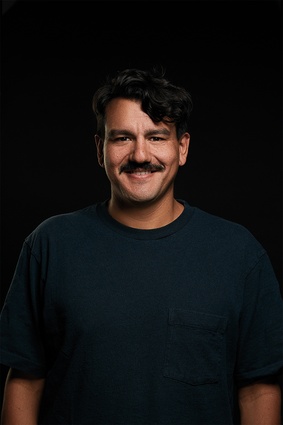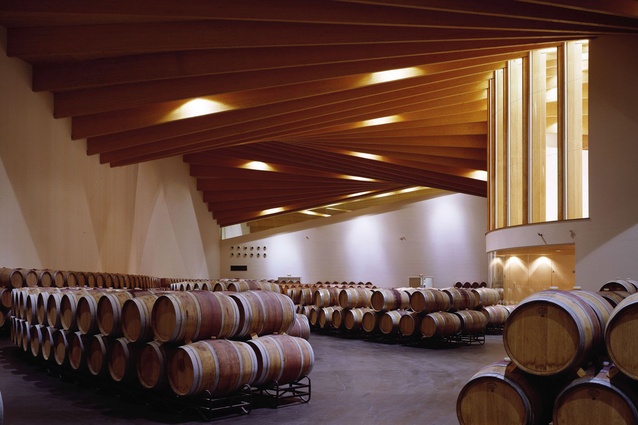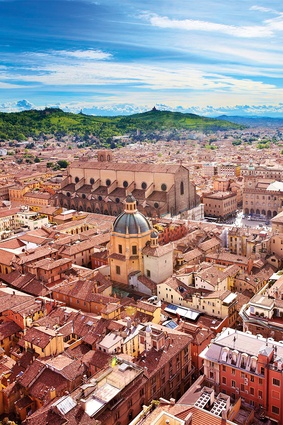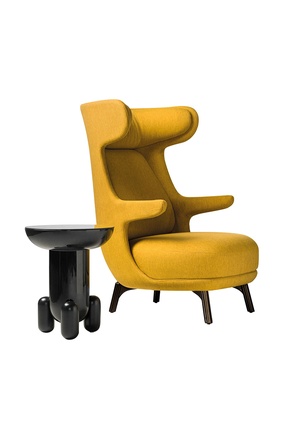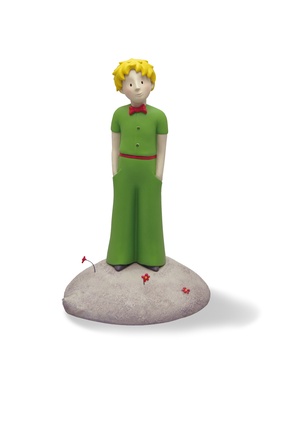Personal space: Sebastian Negri
This spatial designer shares a slice of his interior world: sources of inspiration, what he's reading and more.
What settles you into the day?
Sebastian Negri (SN): Like many creatives, I’m not a morning person. Like many Latin people, I’m one whose proper start of the day is with a coffee and a pastry: nothing healthy by breakfast guru standards. After picking up a coffee at Daily Daily on K Road, I like listening to the Monocle on Design, The Menu and The Urbanist podcasts. If I want to arrive somewhere with a wide smile, I play all things related to Gilles Peterson and his Worldwide FM radio on my headphones.
What are your top sources of inspiration?

SN: Exposing myself to new experiences creates a backpack of knowledge and helps me to contextualise in the creative process. I love trying to understand the history or evolution of a certain topic; finding the inspiration on the ‘where we come from’ and ‘where we are going’ seems to show me the way.
Travels have constituted the main origin of ideas in recent years. Looking back, I can still remember the smell of the Calatrava’s Ysios Winery oak barrels when I opened the door after contemplating the striking, angled building.
What are you looking for when choosing a travel destination?
SN: Architecture, design and food form the holy trinity that guides every choice. People can tell you a lot about their culture when you discover what they eat, how they dress and where they live or gather. When travelling, I’m a blend of design head and disciple of Nomanomics. One whole-week trip could be surrounding the food of a region: like going from town to town around Emilia-Romagna in Italy, trying parmesan, prosciutto, balsamic vinegar, or even going to a Gelato University.

Does your cultural background have an influence on the creative people you admire?
SN: Coming from the fringes of the world, Argentina to be precise, we are lucky to be taught to admire not only the predictable European and North American icons but, also, the great ones from the region. This circumstance leads me to admire them not only for their work but also for the circumstances they faced. I always come back to architects like Oscar Niemeyer from neighbouring countries, who did great work and had a deeply humanistic approach to life, and the Pritzker winner Alejandro Aravena, who showed me that pretty houses are the ones that change people’s realities. Because I am a designer, the closest to my heart is Jaime Hayon; all his work is like a state of mind.
What are some of your most cherished belongings?

SN: Everything I acquire has a purpose or memory connected to it. Many of my belongings sit in a Lundia shelving unit, which has become a sort of shrine. My favourite is a Little Prince figure I found at Akaroa on my first trip to the South Island. The Little Prince is also the best book my mom used to read me.
Tell us about a local treasure.
SN: One of my most beloved institutions in Auckland is the library. I have a serious addiction to it and it becomes a regular stop when I’m going out for lunch. I have a request strategy: looking for the latest book issued by Gestalten, the German publishers. To follow the food/design/travel dynamics, I’m hovering over the Roads & Kingdoms books about Spain (tick), Italy (halfway) and Japan (in the queue), and the best design read in years: Design, When Everybody Designs, which dwells on social innovation and sustainability.

